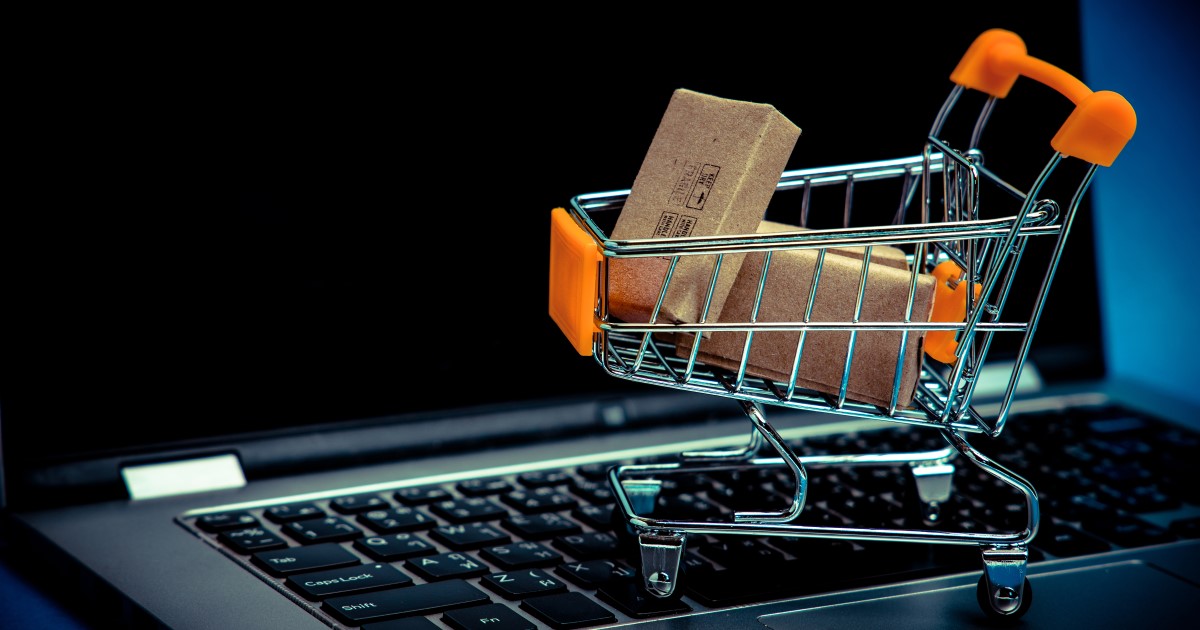Online shopping has become an integral part of our lives, offering convenience and access to many products and services from home. However, as the popularity of online shopping continues to rise, so do the risks associated with it. Fraudsters and cybercriminals are constantly finding new ways to trick shoppers. Understanding these risks and knowing how to protect yourself is key to safely enjoy online shopping. This article will delve into the potential dangers of shopping online and give you practical tips to keep your transactions secure and your personal information protected.
Is Online Shopping Safe?
The safety of online shopping depends on the measures you take to protect yourself. While reputable online retailers implement robust security measures to safeguard their customers, the internet still has threats that can compromise your financial security. Being aware of these threats and knowing how to identify and avoid them can make your online shopping experience safe and enjoyable.
Online Shopping Risks
Online shopping is convenient, but there are potential dangers. Here are common risks:
- Phishing scams: fraudsters send fake emails or messages that appear to be from legitimate retailers to steal your personal information or make you click malicious links.
- Fake websites: some websites are designed to look like legitimate online stores but are made to steal your information and money.
- Data breaches: even reputable companies can experience data breaches, where hackers gain access to customers’ personal and financial information.
- Malware and spyware: downloading files or clicking links from untrustworthy sources can install malware or spyware on your device, compromising your data.
- Unsecured Wi-Fi: using public Wi-Fi networks for online shopping can expose your information to cybercriminals.
Top tips to safely enjoy online shopping
To mitigate these risks and ensure your online shopping experience is safe, follow these best practices:
1. Be cautious with your personal information: never share sensitive information like passwords, myAPS PINs, or answers to security questions and answers through email, phone, SMS or social media. At APS Bank we will never ask for this information.
2. Use your cards only on secure payment pages: make sure that the payment page is secure before entering your card details. Never share full card numbers, CVV numbers or card PINs through email, phone, SMS or social media.
3. Verify website security: always ensure that the website you are shopping on is secure. Look for “https://” at the beginning of the URL and a padlock icon in the browser’s address bar. These indicate that the site uses encryption to protect your data.
4. Watch out for lookalike websites: scammers may create websites that look like real online stores. Double-check the website’s address for spelling mistakes or odd characters, and only shop on websites you know and trust.
5. Use strong, unique passwords: create strong, unique passwords for each of your online accounts. Avoid using easily guessable information like your name or birthdate.
6. Keep your devices and software updated: regularly update your operating system, web browsers, and security software to protect against the latest threats. This includes installing updates and patches as soon as they are available.
7. Be aware of phishing scams: be vigilant about emails and messages that ask for personal information or prompt you to click a link. Verify the sender’s email address and look for signs of phishing, such as misspellings or a sense of urgency. Emails from APS Bank will always come from a bank’s email address (for example, info@apsbank.com.mt)
8. Use secure payment methods: opt for secure payment methods, like our credit and debit cards, that offer protection against fraud. You can also add your APS Cards to Google and Apple Wallet and pay with extra security.
9. Protect your wireless connection: ensure your home Wi-Fi network is secure by using a strong password and enabling encryption. Avoid shopping online over public Wi-Fi networks, because they are more susceptible to hacking.
10. Be cautious with QR codes: QR codes can be used by scammers to direct you to fraudulent websites. Only scan QR codes from trusted sources, and manually enter the web address if the site requires payment or personal details.
11. Check shipping details: be aware of details in the second or third lines of the shipping addresses that might be used to reroute packages.
12. Monitor your accounts regularly: frequently check your bank account and card statements for any unauthorised transactions, especially when you’re travelling. On myAPS internet and mobile banking you can monitor your account activity 24/7.

Contact APS Bank For Assistance
At APS Bank, your financial security is our top priority. Visit our website to learn more about protecting yourself and your bank details.
To ensure your online safety, we offer various channels for you to be able to securely communicate with our representatives, including our Contact Centre and the myAPS Message Hub.
Our official domains are:
- apsbank.com.mt
- ebank.apsbank.com.mt (for internet banking)
- apsfunds.com.mt
Our official social media accounts are:
- facebook.com/apsbank
- instagram.com/aps.bank
- linkedin.com/company/aps-bank-plc
If you suspect you have been a victim of fraud, your card is lost or stolen or you notice any unauthorised transactions on your account, contact us immediately at (+356) 2122 6644.
Approved and issued by APS Bank plc, APS Centre, Tower Street, B’Kara BKR 4012. APS Bank plc is regulated by the Malta Financial Services Authority as a Credit Institution under the Banking Act 1994 and to carry out Investment Services activities under the Investment Services Act 1994. Terms and conditions apply and are available on Terms and Conditions – APS Bank.
Apple Pay, Apple Wallet and Apple Watch are trademarks of Apple Inc.
Google Pay and Google Wallet are trademarks of Google LLC.


